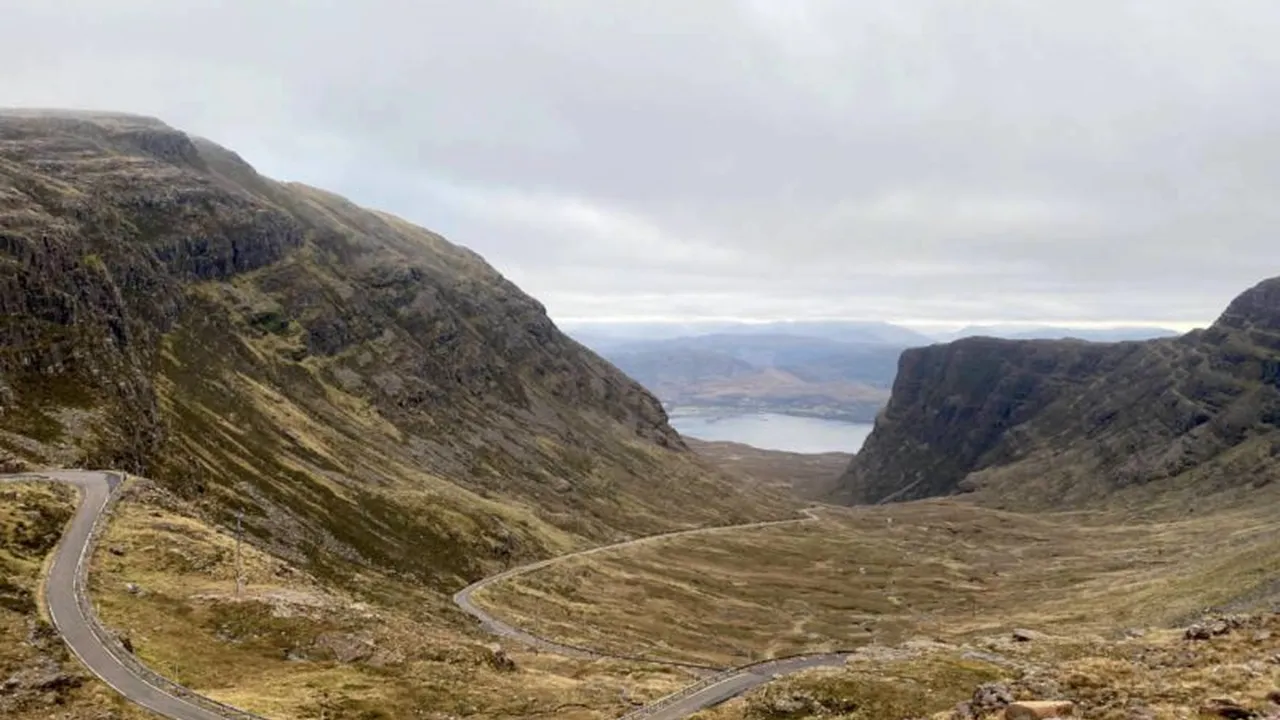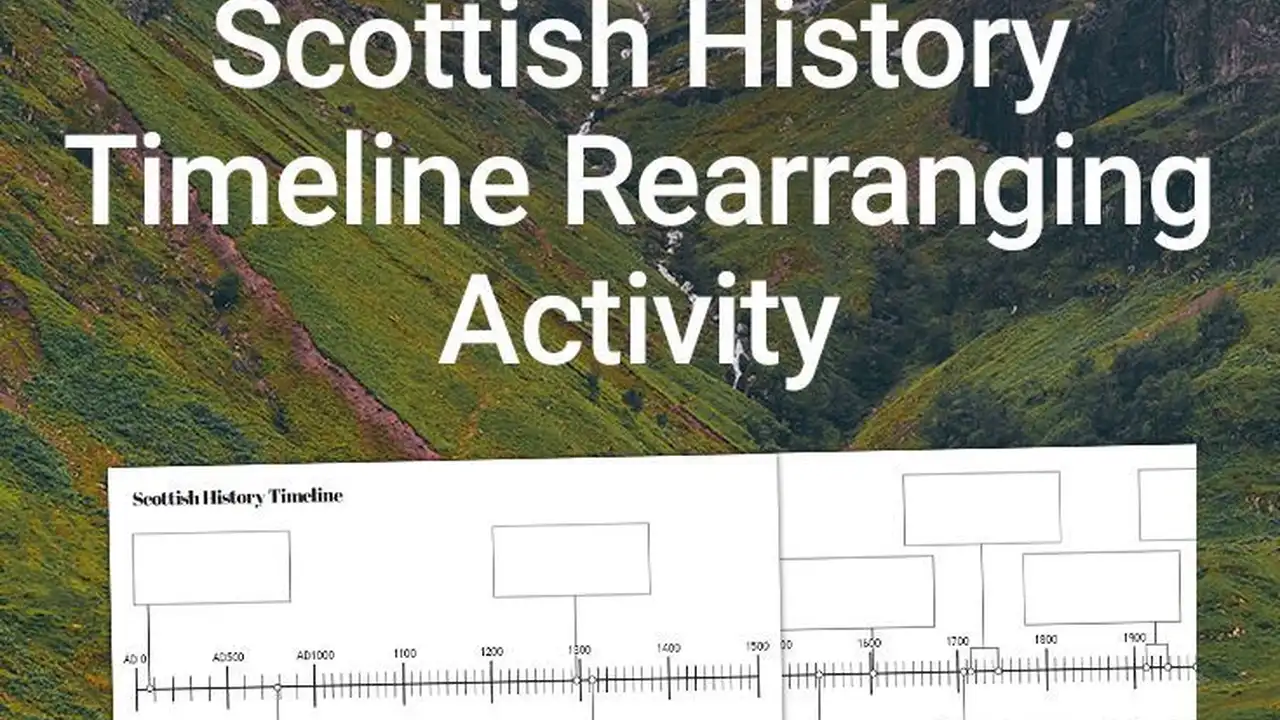Scotland Driving Tips: A Guide for American Drivers
Sample meta description.

Planning Your Scotland Road Trip: Essential Tips for American Drivers
So, you're dreaming of cruising through the Scottish Highlands, exploring ancient castles, and maybe even catching a glimpse of Nessie? Excellent choice! Scotland is an amazing place to explore by car, but as an American driver, there are a few things you need to know before you hit the road. Don't worry, it's not rocket science, but being prepared will make your trip much smoother and more enjoyable. Let's dive in!
Driving on the Left: Mastering the Scottish Roads
Okay, let's get the big one out of the way: driving on the left. It feels weird at first, trust me. Your brain will be screaming at you to go the other way, but you'll adapt quicker than you think. The most important thing is to be conscious of it. Remind yourself constantly, especially at junctions and roundabouts. Think "left, left, left!"
Tips for adjusting to driving on the left:
- Rent an automatic car: This eliminates the need to shift with your left hand, which can be confusing when you're already trying to stay on the correct side of the road. It's worth the extra cost for the peace of mind.
- Practice in a quiet area: Before heading onto major roads, find a quiet street or parking lot to get a feel for the car and the left-hand driving.
- Follow other cars: Especially when you're unsure, let the locals lead the way. Just don't follow them *too* closely!
- Use a GPS: A GPS with clear visual instructions can be a lifesaver, especially in unfamiliar areas.
- Remember roundabouts! Roundabouts are common in Scotland, and you always give way to traffic coming from your right.
Understanding Scottish Road Signs and Markings for Safe Driving
While many road signs are universal, some are different in Scotland (and the UK in general). Familiarize yourself with the common signs before you go. Pay attention to speed limits, which are usually in miles per hour (mph), but be aware that some areas may use kilometers per hour (km/h), especially near the border with England. Also, understand road markings, which can differ from what you're used to.
Key road signs to know:
- Speed limits: These are usually indicated by a circular sign with a number inside.
- Roundabout signs: These show the layout of the roundabout and the directions of each exit.
- "Give Way" signs: These are inverted triangles indicating that you must give way to traffic on the major road.
- "No Entry" signs: These are red circles with a white horizontal bar.
- Directional signs: These can be green (for major routes) or blue (for local routes).
Navigating Scottish Roundabouts: A Comprehensive Guide for Tourists
Roundabouts, roundabouts, roundabouts! They’re everywhere in Scotland, and they can be a bit intimidating at first. The key is to approach them slowly, observe the traffic, and give way to traffic coming from your right. Signal your intentions clearly when exiting the roundabout.
Roundabout etiquette:
- Give way to traffic on your right: This is the golden rule of roundabouts.
- Signal your intentions: Signal left when exiting the roundabout.
- Choose the correct lane: Use the lane appropriate for your exit. Look at the signs before entering the roundabout to determine the correct lane.
- Don't stop unnecessarily: Keep moving if the roundabout is clear.
Choosing the Right Rental Car: Factors to Consider for Your Scottish Adventure
The type of car you rent can significantly impact your driving experience in Scotland. Consider the size of your group, the amount of luggage you have, and the types of roads you'll be driving on. Smaller cars are generally easier to maneuver on narrow roads, but if you're planning on driving in the Highlands, an SUV with good ground clearance might be a better choice.
Factors to consider:
- Size: Consider the number of passengers and the amount of luggage.
- Transmission: Automatic or manual? Remember, you'll be shifting with your left hand if you choose a manual.
- Fuel efficiency: Fuel prices can be high in Scotland, so a fuel-efficient car can save you money.
- Ground clearance: If you're planning on driving on rough roads, an SUV with good ground clearance is recommended.
- Insurance: Make sure you have adequate insurance coverage.
Scottish Road Conditions: Narrow Roads, Sheep, and Scenic Views
Scottish roads can be quite different from what you're used to in the US. Many roads are narrow, winding, and single-track (one lane in each direction). Be prepared to encounter sheep, cows, and other animals on the road, especially in rural areas. The good news is that the scenery is breathtaking! Just take your time, be patient, and enjoy the views.
Tips for driving on narrow roads:
- Drive slowly: There's no need to rush.
- Use passing places: These are designated areas where you can pull over to let oncoming traffic pass.
- Be courteous: If you see another car approaching, pull into a passing place on your left and let them pass.
- Watch out for animals: Be prepared to stop for sheep, cows, and other animals.
- Use your horn sparingly: It's generally only used to warn other drivers of your presence.
Essential Gear for Your Scottish Road Trip: GPS, Maps, and More
Having the right gear can make your road trip much easier and more enjoyable. A GPS is essential for navigating unfamiliar areas, but it's also a good idea to have a paper map as a backup. Other useful items include a first-aid kit, a flashlight, and a phone charger.
Recommended gear:
- GPS: A GPS with clear visual instructions.
- Paper map: A good backup in case your GPS fails.
- First-aid kit: For minor injuries.
- Flashlight: Useful for emergencies.
- Phone charger: To keep your phone powered up.
- Water and snacks: Especially if you're driving in remote areas.
Scotland's Speed Limits: Understanding and Obeying the Rules
Understanding and obeying speed limits is crucial for safe driving in Scotland. Speed limits are usually indicated by circular signs with a number inside, and they are typically in miles per hour (mph). However, be aware that some areas may use kilometers per hour (km/h), especially near the border with England. Pay attention to the signs and adjust your speed accordingly.
Common speed limits:
- Urban areas: 30 mph (48 km/h)
- Rural roads: 60 mph (96 km/h)
- Motorways: 70 mph (112 km/h)
Parking in Scotland: Finding a Spot and Avoiding Fines
Parking can be challenging in some Scottish cities and towns, especially during peak season. Be aware of parking restrictions and pay attention to signs. Parking meters and parking apps are common. Avoid parking illegally, as you could be fined or have your car towed.
Parking tips:
- Look for parking signs: Pay attention to parking restrictions and time limits.
- Use parking meters or apps: Pay for parking using the designated method.
- Avoid parking illegally: You could be fined or have your car towed.
- Consider park-and-ride options: Park outside the city center and take public transportation in.
Fueling Up in Scotland: Gas Stations, Prices, and Payment Options
Gas stations are generally easy to find in Scotland, but they may be less frequent in remote areas. Fuel prices can be higher than in the US, so budget accordingly. Most gas stations accept credit cards, but it's always a good idea to have some cash on hand.
Fueling tips:
- Fill up before heading to remote areas: Gas stations may be scarce.
- Compare prices: Fuel prices can vary between stations.
- Use a credit card: Most gas stations accept credit cards.
- Have some cash on hand: Just in case.
Emergency Situations: What to Do If You Have a Breakdown or Accident
It's important to know what to do in case of a breakdown or accident. If you have a breakdown, pull over to the side of the road and turn on your hazard lights. Call for assistance from your rental car company or a roadside assistance service. If you're involved in an accident, exchange information with the other driver and contact the police if necessary.
Emergency contacts:
- Emergency services (police, fire, ambulance): 999
- Rental car company: Keep their contact information handy.
- Roadside assistance: Your rental car company may provide this.
Driving Etiquette: Being a Courteous Driver in Scotland
Being a courteous driver is essential for a positive driving experience in Scotland. Be patient, respectful of other drivers, and follow the rules of the road. Let faster drivers pass, and don't tailgate. A little courtesy goes a long way.
Etiquette tips:
- Be patient: Don't rush.
- Be respectful: Treat other drivers with respect.
- Follow the rules of the road: Obey speed limits and traffic laws.
- Let faster drivers pass: Pull over to the side of the road to let them pass.
- Don't tailgate: Maintain a safe following distance.
Must-Have Apps for Your Scottish Road Trip: Navigation, Fuel, and More
Several apps can make your Scottish road trip much easier and more enjoyable. Navigation apps like Google Maps and Waze are essential for getting around, while fuel price apps can help you find the cheapest gas. Other useful apps include weather apps and parking apps.
Recommended apps:
- Google Maps: For navigation.
- Waze: For real-time traffic updates.
- PetrolPrices: For finding the cheapest gas.
- Met Office Weather: For weather forecasts.
- RingGo: For paying for parking.
Scottish Phrases to Know: A Quick Guide for Drivers
Learning a few basic Scottish phrases can enhance your interactions with locals and make your trip more memorable. While English is widely spoken, knowing a few key phrases will show that you're making an effort to connect with the culture.
Useful phrases:
- "Hello": "Hello" or "How do you do?"
- "Thank you": "Thank you" or "Cheers"
- "Excuse me": "Excuse me"
- "Sorry": "Sorry"
- "How much is it?": "How much is it?"
Recommended Products for a Smooth Scottish Driving Experience
Here are a few product recommendations to make your Scottish driving adventure even smoother:
- Garmin DriveSmart 65 GPS: A reliable GPS with a large display and clear voice guidance. Perfect for navigating unfamiliar roads. Around $200.
- Anker PowerCore 10000 Portable Charger: Keep your phone and other devices charged on the go. Compact and powerful. Around $25.
- First Aid Kit: Be prepared for minor injuries with a comprehensive first aid kit. Look for one that includes bandages, antiseptic wipes, and pain relievers. Around $20.
- Dash Cam: A dash cam can provide valuable evidence in case of an accident. Look for one with good video quality and reliable recording. Rexing V1 - $100
- Michelin Tire Inflator: Portable tire inflator for maintaining optimal tire pressure, especially on long drives. $40.
:max_bytes(150000):strip_icc()/277019-baked-pork-chops-with-cream-of-mushroom-soup-DDMFS-beauty-4x3-BG-7505-5762b731cf30447d9cbbbbbf387beafa.jpg)






